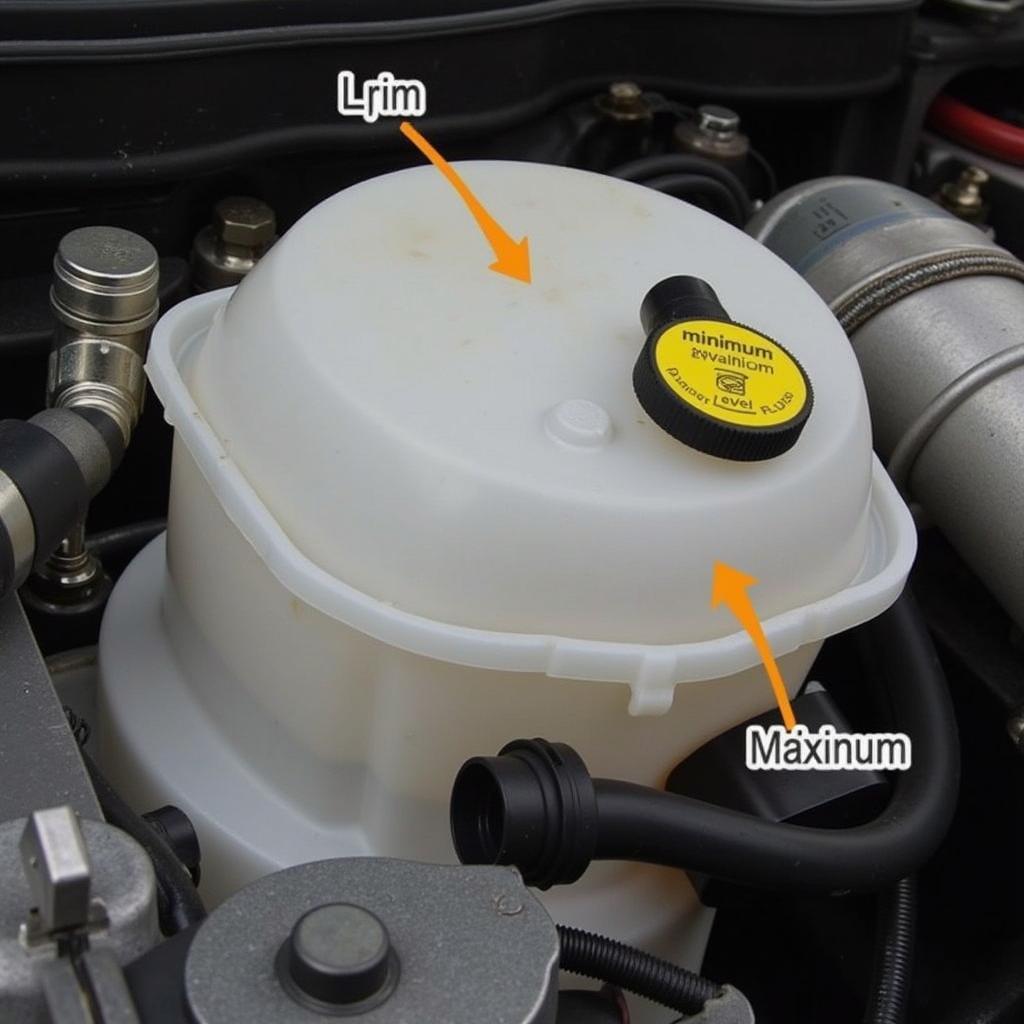Are you concerned about the whispers of “car seat covers cancer warning”? You’re not alone. This concern has circulated online, raising questions about the safety of certain car seat cover materials. This article delves into the science behind these concerns, providing clarity on the potential risks and offering practical advice for choosing safe and comfortable car seat covers.
Understanding the Car Seat Covers Cancer Warning
The “car seat covers cancer warning” primarily stems from concerns about volatile organic compounds (VOCs), specifically benzene, and formaldehyde, which can be released from certain materials used in manufacturing. While some studies have shown a potential link between long-term exposure to high levels of these chemicals and certain health issues, it’s crucial to understand the context and the actual risk associated with car seat covers.
Are Car Seat Covers Really Carcinogenic?
Not all car seat covers pose a cancer risk. The potential danger lies mainly in low-quality materials, particularly those containing polyvinyl chloride (PVC) or treated with certain flame retardants. High-quality materials, such as leather, neoprene, and breathable fabrics, generally pose a significantly lower risk. The key is to choose reputable brands and look for certifications that indicate low VOC emissions.
How to Choose Safe Car Seat Covers
Choosing safe car seat covers requires a little research and attention to detail. Here’s a step-by-step guide:
- Check the Material: Opt for natural materials like leather or breathable fabrics like canvas or neoprene. Avoid PVC, especially if it has a strong “new car” smell.
- Look for Certifications: Look for certifications such as Greenguard or OEKO-TEX, which indicate low VOC emissions.
- Smell Test (with Caution): While not a foolproof method, a strong chemical odor can be a red flag. Air out new car seat covers thoroughly before installing them.
- Research the Brand: Choose reputable brands known for using high-quality materials and prioritizing safety.
- Consider Ventilation: Ensure proper ventilation in your car to minimize the potential buildup of any VOCs.
Debunking Common Myths about Car Seat Covers and Cancer
Many myths surround the “car seat covers cancer warning.” Let’s address a few:
- Myth 1: All Car Seat Covers Cause Cancer: This is simply not true. The risk is primarily associated with low-quality materials and high concentrations of VOCs.
- Myth 2: The Smell is the Only Indicator of Danger: While a strong chemical smell can be a warning sign, some VOCs are odorless. Rely on material composition and certifications for a more accurate assessment.
- Myth 3: Natural Materials are Always Safe: While generally safer, even natural materials can be treated with chemicals. Always check for certifications.
Minimizing Your Risk
Even with safe car seat covers, taking a few extra steps can minimize potential exposure to VOCs:
- Ventilate your car regularly: Open windows and doors to allow fresh air to circulate.
- Park in shaded areas: Excessive heat can increase the release of VOCs from interior materials.
- Clean your car regularly: Remove dust and debris that can trap VOCs.
“Choosing the right car seat cover is about more than just aesthetics,” says Dr. Emily Carter, a materials scientist specializing in consumer product safety. “It’s about making informed decisions that prioritize your health and well-being.”
Car Seat Covers and Heat: Another Concern
Besides the cancer warning, another concern revolves around car seat covers and heat retention, especially in warmer climates. Darker colored covers can absorb more heat, making the seats uncomfortable. Choosing lighter colors or breathable materials can help mitigate this issue.
Conclusion
The “car seat covers cancer warning” shouldn’t be ignored, but it shouldn’t cause undue alarm either. By understanding the facts and making informed choices, you can select car seat covers that are both comfortable and safe. Prioritize high-quality materials, look for certifications, and ensure proper ventilation in your car. By following these guidelines, you can enjoy the benefits of car seat covers without compromising your health.
FAQ
- What are VOCs? VOCs are volatile organic compounds, chemicals that can be released into the air from certain materials.
- Are all car seat covers dangerous? No, the risk is primarily associated with low-quality materials and high VOC emissions.
- How can I tell if a car seat cover is safe? Look for certifications like Greenguard or OEKO-TEX, and opt for natural or breathable materials.
- What should I do if my car seat covers have a strong chemical smell? Air them out thoroughly before installing them, and consider returning them if the smell persists.
- Can heat increase VOC emissions? Yes, excessive heat can exacerbate VOC release. Park in shaded areas and ventilate your car regularly.
- What are some safe car seat cover materials? Leather, canvas, and neoprene are generally considered safe options.
- Where can I find certified low-VOC car seat covers? Reputable retailers and online marketplaces often carry certified products. Look for product descriptions that highlight low VOC emissions.


